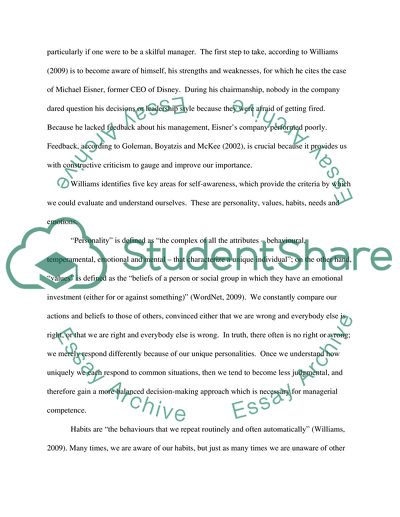Cite this document
(Realizing the Power of Emotional Intelligence Assignment, n.d.)
Realizing the Power of Emotional Intelligence Assignment. Retrieved from https://studentshare.org/social-science/1731040-developing-self
Realizing the Power of Emotional Intelligence Assignment. Retrieved from https://studentshare.org/social-science/1731040-developing-self
(Realizing the Power of Emotional Intelligence Assignment)
Realizing the Power of Emotional Intelligence Assignment. https://studentshare.org/social-science/1731040-developing-self.
Realizing the Power of Emotional Intelligence Assignment. https://studentshare.org/social-science/1731040-developing-self.
“Realizing the Power of Emotional Intelligence Assignment”, n.d. https://studentshare.org/social-science/1731040-developing-self.


